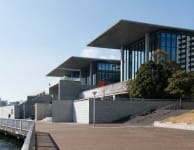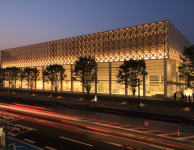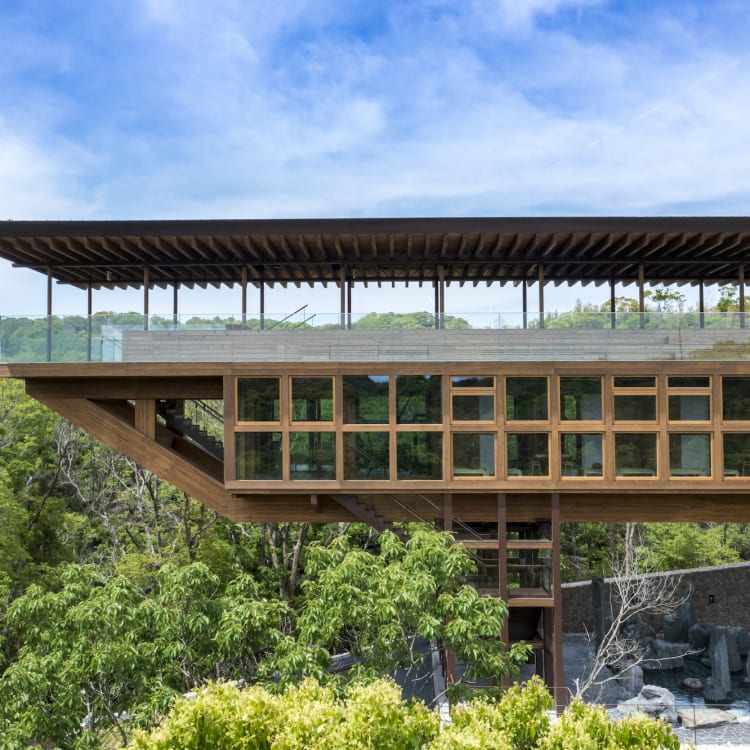

STORY Explore the world of Japanese architecture Discover famous Japanese architecture throughout the country
Photo copyright: (c)Hiroyuki Hirai
Visit and immerse yourself in the works of architectural masters
Many famous buildings you see in Japan, such as museums and galleries, are often the works of renowned architects. As of 2022, the Pritzker Architecture Prize, which is considered as the Nobel Prize of Architecture, has been awarded to eight Japanese architects over the years. This is the most it has been awarded to architects of any one country. Let's talk about some of these highly-acclaimed architects that ushered in a new era of architecture.
Kenzo Tange
Kenzo Tange was the first Japanese person to win the Pritzker Architecture Prize. He was a forerunner of the modern style in postwar (World War II) Japan, and a great influence on urban planning and design. He was inspired by the work of Le Corbusier , a Swiss-French architect who pioneered the modernist style in the early 20th century. This led Kenzo Tange's style to blend traditional Japanese aesthetics with modernism. Some of his most famous works include the Yoyogi National Gymnasium, the Tokyo Metropolitan Government Building , and the Fuji Television Building, all of which are located in Tokyo.
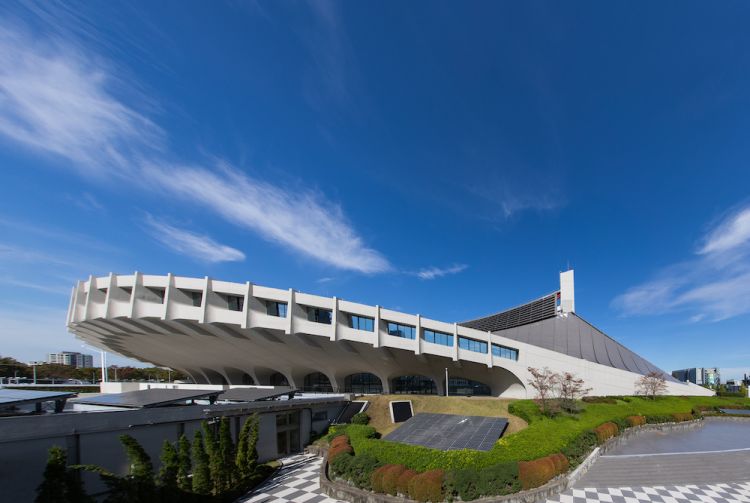
©JAPAN SPORT COUNCIL
Fumihiko Maki
Fumihiko Maki was one of the core members of the first World Design Conference held in Japan in 1960. He was also a member of the Metabolism movement, which proposed new architectural and urban concepts for the ever-changing society at the time. As a part of this movement, Maki, together with Masato Otaka, presented the concept of "group-form," which encompasses a variety of individual architectural styles to create an overall image. As the second Pritzker Architecture Prize winner in Japan, some of Maki's famous works include Daikanyama Hillside Terrace Complex in Tokyo, Spiral in Tokyo, National Museum of Modern Art, Kyoto, Shimane Museum of Ancient Izumo, and the Makuhari Messe in Chiba, among others.
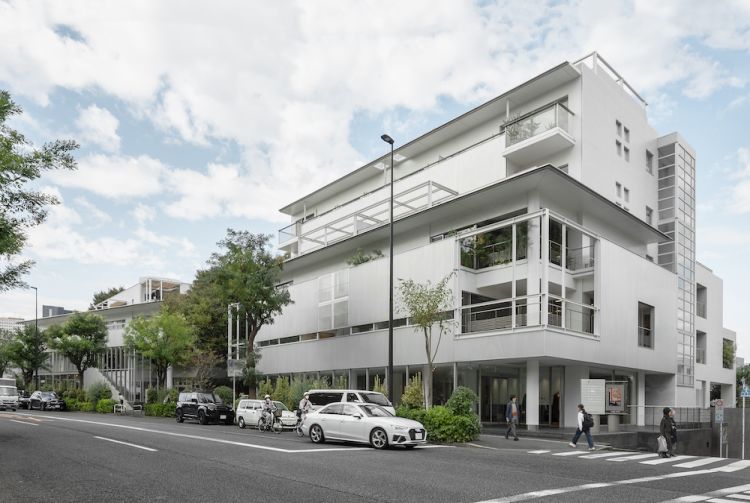
©Maki and Associates
Tadao Ando
Tadao Ando is a prominent, self-taught figure in the modern Japanese architecture world. As the third architect from Japan to be awarded the Pritzker Architecture Prize, he is renowned for impressive concrete buildings that incorporate creative use of natural light. Some of his works include Omotesando Hills in Tokyo, the Hyogo Prefectural Museum of Art , as well as Church of the Light in Osaka.
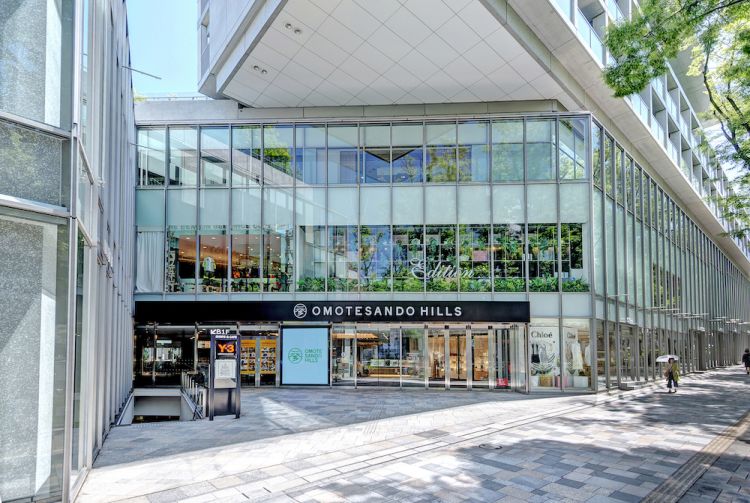
Omotesando Hills
Kisho Kurokawa
Kisho Kurokawa was also a leading figure in the Japan World Exposition, Osaka, 1970, as well as a founder of the radical the radical architects' group, the Metabolism movement. He worked with concepts of metabolism, information, and recycling. He called this "Principle of Life".
Some of his famous works include The National Art Center, Tokyo , Fukui Prefectural Dinosaur Museum , Hiroshima City Museum of Contemporary Art, The Bank of Fukuoka Head Office, and the National Museum of Ethnology in Osaka, among others.
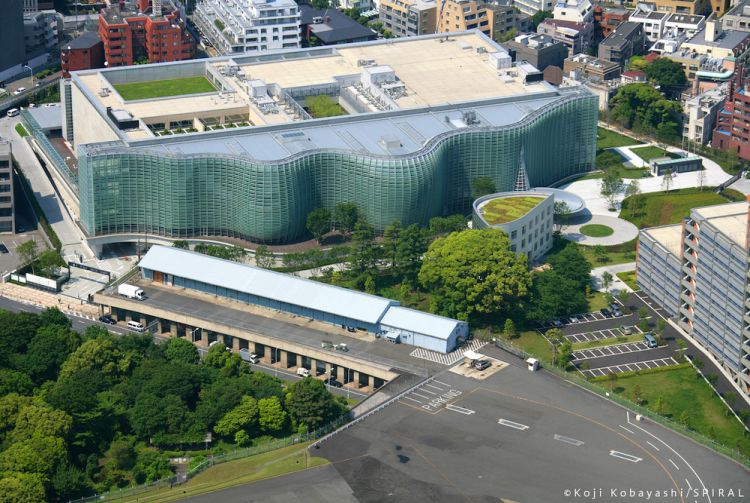
Toyo Ito
Toyo Ito is an architect that is not by any means constrained by style. His free-form designs are full of curves and glass and reflect the character of land and locality. He was awarded the Pritzker Architecture Prize in 2013. His credits include the sendai mediatheque in Miyagi, the Motomachi-Chukagai Station on the Minatomirai Line in Kanagawa, and the ZA-KOENJI Public Theatre in Tokyo.
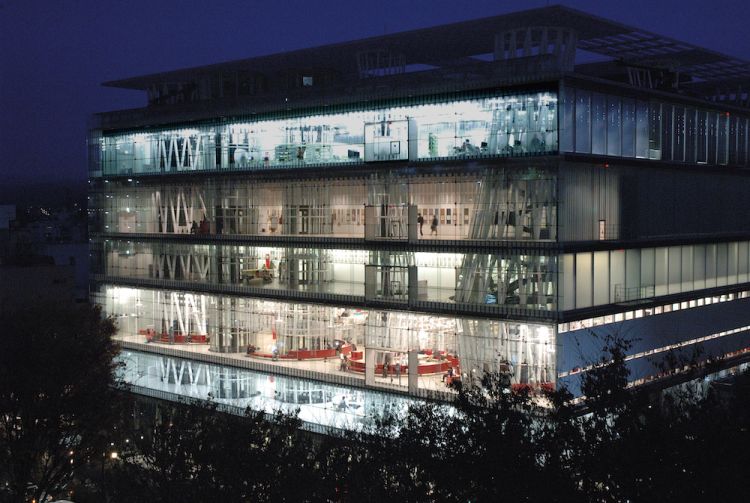
©Toyo Ito & Associates, Architects
Kengo Kuma
Kengo Kuma is one of the most popular contemporary architects in Japan. His work is inspired by the surroundings and history of the area, and he often incorporates natural resources and materials into his art.
Some of his notable works include the Yusuhara Wooden Bridge Museum in Kochi, Nakagawa-machi Bato Hiroshige Museum of Art in Tochigi, Nezu Museum, Asakusa Culture Tourist Information Center, and Meiji Jingu Museum that are all in Tokyo, among others.

Photography by ©Takumi Ota
Shigeru Ban
Shigeru Ban is famed for using recycled and recyclable materials in his work. Some of his favorite items to use include shipping containers, paper and cardboard tubes, and wood. He was awarded the Pritzker Architecture Prize in 2014.
Some of his famed works include ZEN Wellness SEINEI in Hyogo, YUFUiNFO in Oita, Shonai Hotel Suiden Terrasse in Yamagata, Oita Prefectural Art Museum , and Mt.Fuji World Heritage Centre, Shizuoka.

(c)Hiroyuki Hirai
Arata Isozaki
Arata Isozaki is a leading figure of postmodern architecture, yet he is the one of the least bound by style. Despite being over 90 years old, he continues to push the architectural needle, creating more and more functional art pieces with his buildings. This is why he won the Pritzker Architecture Prize in 2019.
Among his works are the Kitakyushu Municipal Museum of Art in Fukuoka, Art Tower Mito , Tsukuba Center Building in Ibaraki, Former Oita Prefectural Library (now Art Plaza), a registered tangible cultural property in Oita, The Museum of Modern Art, Hara Museum ARC in Gunma, and Nagi Museum of Contemporary Art in Okayama, among others.
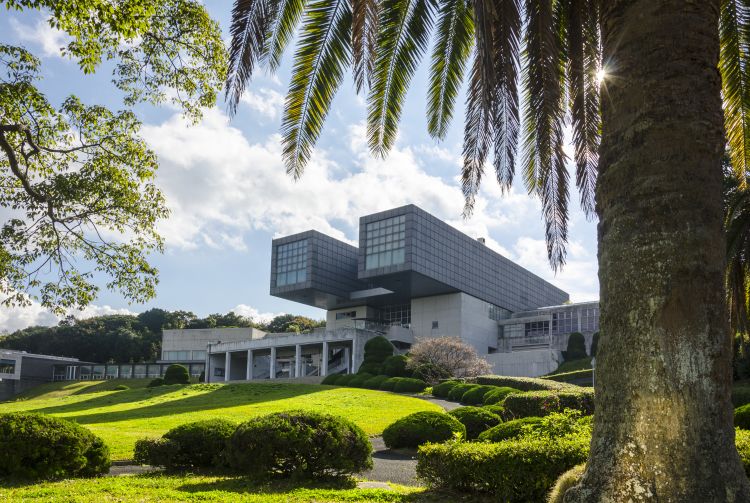
These architects and their brilliant works not only change our view of Japanese architecture but continue to transform society.
















































